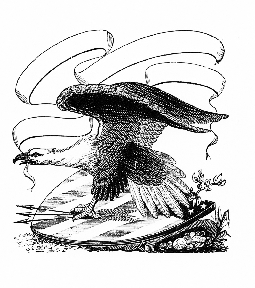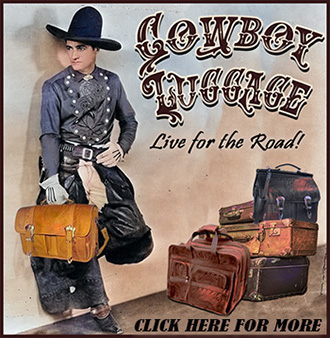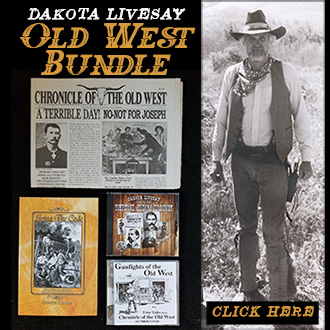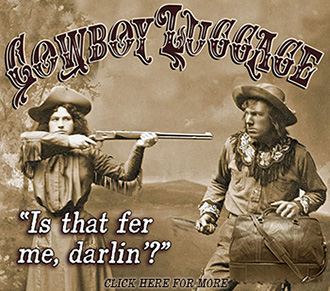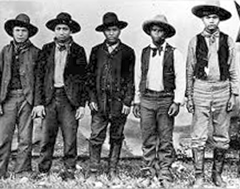 There was a gang in the Old West lasted only thirteen days. But during those thirteen days, they cut a swath of carnage that no other gang could match.
There was a gang in the Old West lasted only thirteen days. But during those thirteen days, they cut a swath of carnage that no other gang could match.
Rufus Buck was a Ute Indian living in the Indian Territory. His gang comprised of four Creek Indians and a combination Creek and black. All of them had served time in jail for minor offences.
Buck supposedly boasted, “that his outfit would make a record that would sweep all the other gangs of the territory into insignificance.” And on July 28, 1895, the gang started a thirteen-day crime spree that did exactly that.
They killed Deputy Marshal John Garrett. They came across a Mrs. Wilson. She was kidnapped and violated. From there they saw Gus Chambers with some horses. When he resisted, the Buck Gang killed him. They next robbed a stockman, taking his clothes and boots. Fortunately, he was able to escape in a hail of bullets. Two days later, they invaded the home of Rosetta Hassan. She was violated in front of her husband and children.
The gang was arrested, and brought before Hanging Judge Isaac Parker, and they were sentenced to be hanged. He scheduled it for July 1, 1896 between nine in the morning and five in the evening.
Quite possibly Judge Parker should have stated an exact time, because, on the day of the hanging, one of the gang members said he wanted to be hanged at ten in the morning so his body could be on the 11:30 train. Rufus Buck protested, saying that if he was hanged that early, there would be a several hour delay before his body could be on the appropriate train. The Rufus Gang then decided they wanted to be hanged separately.
Marshal Crump smiled, set the time for 1:00, and hanged them all at one time.



